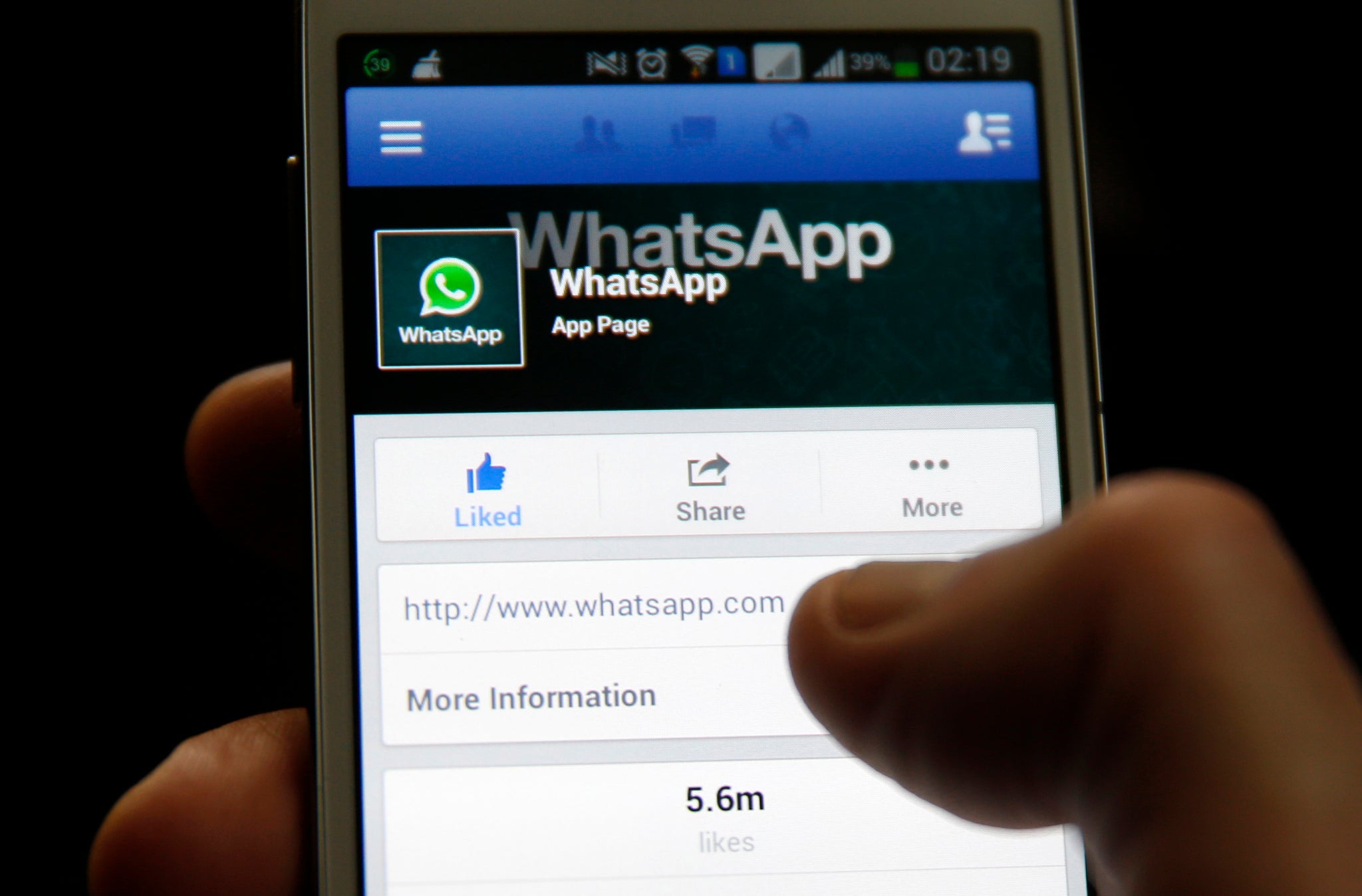WhatsAppitis: Doctors say it's real and your thumbs are in danger
New diagnosis joins a venerable tradition of wrist- and thumb- injuries caused by our hapless addiction to hand-held technology

The prestigious medical journal The Lancet has declared that ‘WhatsAppitis’ is a credible disease after diagnosing a 34-year-old-patient with “bilateral wrist pain” induced by over-use of the messaging app.
The diagnosis from a Spanish physician says that the patient (ironically a doctor as well) spent a solid six hours on Christmas Day responding to messages from her family while on duty.
“She held her mobile phone, that weighed 130g, for at least six hours. During this time she made continuous movements with both thumbs to send messages,” writes Inés M Fernandez-Guerrero in the March edition of the journal.
The next morning that pregnant messaging-addict woke up with aching wrists. “The diagnosis for the bilateral wrist pain was WhatsAppitis,” writes Fernandez-Guerrero.
“The treatment consisted of non-steroidal anti-inflammatory drugs and complete abstinence from using the phone to send messages. “
The diagnosis may be a novelty but the pain shouldn’t have come as much of a surprise (especially to a doctor); do anything to excess and you’ll end up hurting something.
Indeed it seems that Fernandez-Guerrero sees a pattern emerging with addictive technology and repetitive movement, comparing WhatsAppitis to “so-called Nintendinitis” , a conditition first described by doctors in 1990 in response to the popularity of the GameBoy.
“Initially reported in children, such cases are now seen in adults,” warns Fernandez-Guerrero sternly. “Tenosynovitis caused by texting with mobile phones could well be an emerging disease. Physicians need to be mindful of these new disorders.”
Join our commenting forum
Join thought-provoking conversations, follow other Independent readers and see their replies
Comments